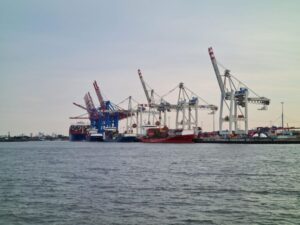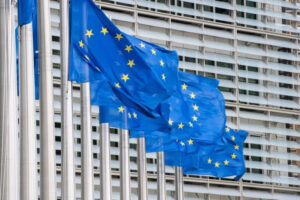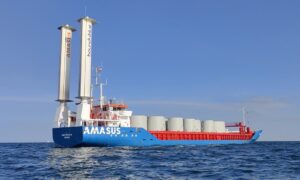EU Parliament, Council Reach Deal on EU ETS
The European Parliament and Council have today reached a provisional agreement to revise the EU Emissions Trading System (EU ETS) for the period after 2020.
This revision is expected to help the EU to achieve a significant part of its commitment under the Paris Agreement to reduce greenhouse gas emissions by at least 40% by 2030.
The improvements agreed by Parliament and Council will cover all forms of transport, including shipping.
Namely, the EU governments and MEPs agreed that Europe should act on shipping emissions from 2023 if the International Maritime Organisation (IMO) fails to deliver effective global measures, green transport group Transport & Environment (T&E) said welcoming the agreement.
It said Europe cannot indefinitely outsource its climate responsibility to the IMO given that the UN agency has repeatedly shown itself ” incapable of delivering the required level of ambition.”
“The EU is sending a strong signal to the IMO that it needs to deliver, and that ‘action’ means much more than just talking. If the IMO fails, then Europe has a responsibility to its citizens to ensure that all sectors contribute to global climate action and that shipping is not exempt,” Faig Abbasov, shipping and aviation officer at T&E, said.
At last month’s IMO meeting, calls for urgent action to bring about ship greenhouse gas emissions reductions before 2023 were met with heavy push-back by many countries and big industry groups, T&E said.
“Even the idea of starting a discussion on these immediate measures – such as operational speed reduction for ships – was blocked. Calls for longer-term emission reduction targets to meet the 1.5ºC warming limit also faced insurmountable opposition,” the organization added.
Today’s deal between Parliament and Council comes after more than two years of intensive negotiations, following the Commission’s proposal to revise the EU ETS in July 2015.
“By putting in place the necessary legislation to strengthen the EU Emissions Trading System and deliver on our climate objectives, Europe is once again leading the way in the fight against climate change. This legislation will make the European carbon-emissions market fit for purpose. I welcome in particular the robust carbon leakage regime that has been agreed and the measures further strengthening the Market Stability Reserve,” Commissioner for Climate Action and Energy Miguel Arias Cañete said.
The EU Emissions Trading Scheme puts a cap on the carbon dioxide (CO2) emitted by more than 11,000 installations in the power sector and energy intensive industry through a market-based cap and trade system.
The main improvements agreed by Parliament and Council also include:
- Significant changes to the system in order to speed up emissions reductions and strengthen the Market Stability Reserve to speed up the reduction of the current oversupply of allowances on the carbon market;
- Additional safeguards to provide European industry with extra protection, if needed, against the risk of carbon leakage;
- Several support mechanisms to help the industry and the power sectors meet the innovation and investment challenges of the transition to a low-carbon economy.
The next step is for the deal to be formally approved by the European Parliament and the Council. Once endorsed by both co-legislators, the revised EU ETS Directive will be published in the Official Journal of the Union and enters into force 20 days after publication.








